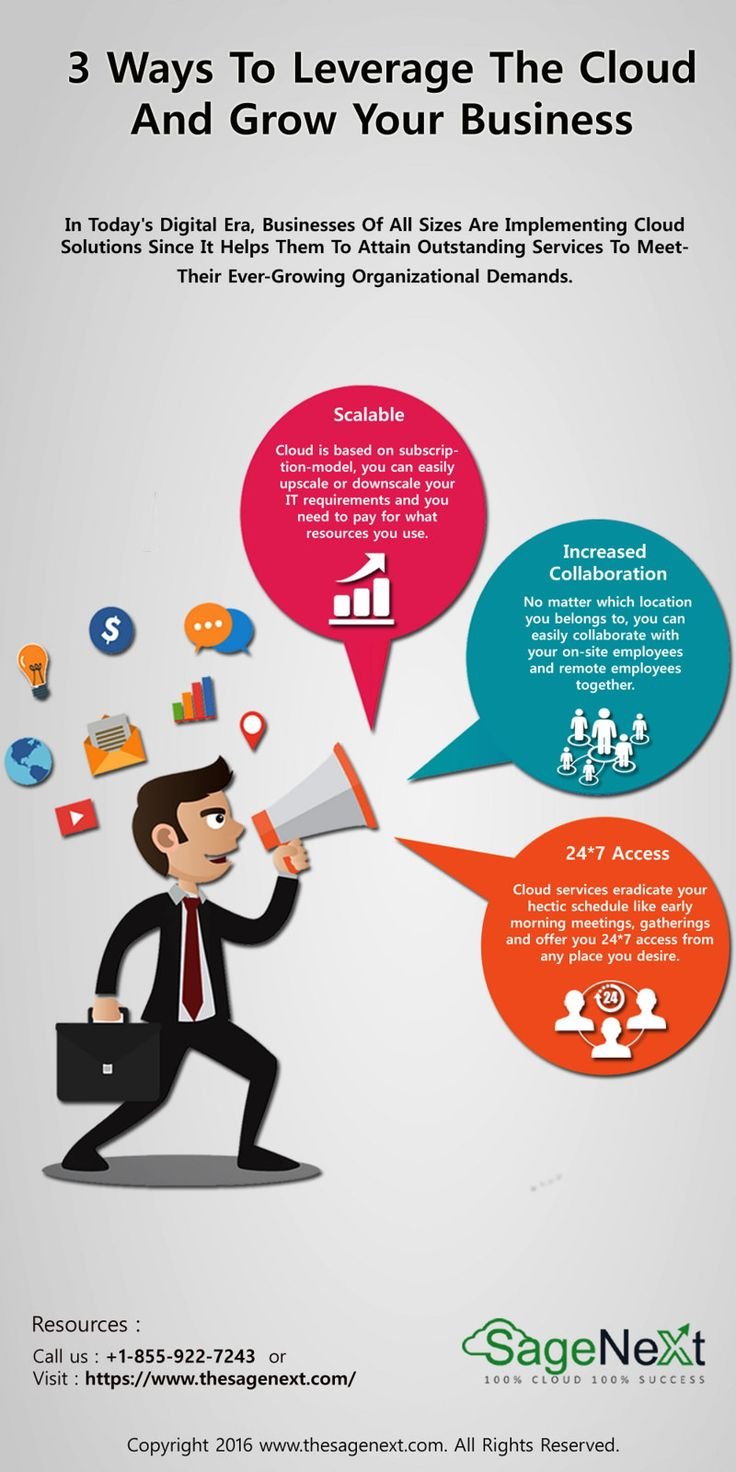The software industry in 2025 is at an exciting crossroads, with cutting-edge technologies redefining how businesses operate, collaborate, and grow. From streamlining workflows to enhancing productivity, the latest software solutions are enabling organizations to achieve goals faster and more efficiently than ever before. This article explores the most impactful software innovations of the year, offering actionable insights into how these tools are revolutionizing workflows across industries.
1. Artificial Intelligence-Driven Solutions for Smarter Operations
AI integration continues to dominate the software landscape, creating intelligent systems that automate repetitive tasks, improve decision-making, and deliver enhanced user experiences. Businesses are leaning heavily on these solutions to save time, reduce costs, and outperform competitors.
Key Innovations in AI Software
- Predictive Analytics Tools: Platforms like DataVisionAI are helping organizations anticipate market trends, enabling them to strategize effectively using precise, real-time forecasting data.
- AI Chatbots for Customer Service: Advanced systems such as SupportGenix use natural language processing (NLP) to provide seamless, automated responses. These tools significantly reduce the workload for customer support teams while enhancing the end-user experience.
- Intelligent Automation: WorkFlowPro, an AI-based automation tool, supports businesses by connecting disparate systems and automating complex processes such as supply chain management and finance reconciliation.
Takeaway: Integrating AI tools into workflows empowers businesses to accelerate progress without increasing resource investment, making them an essential driver of success in 2025.
2. Low-Code and No-Code Platforms Empowering Non-Developers
Low-code and no-code platforms have entered the mainstream, empowering professionals without technical backgrounds to develop and deploy applications with minimal input from IT teams.
Leading Platforms to Watch
- AppBuilder 360: This no-code tool allows users to design functional apps through a simple drag-and-drop interface, reducing the time and cost of application development.
- ZapFusion: Focused on workflow automation, ZapFusion integrates multiple platforms and enables businesses to create automated processes without requiring programming expertise.
- LogicFrame Studio: Low-code software that bridges the gap between technical and non-technical users, helping organizations modernize legacy systems with minimal coding.
Takeaway: By democratizing app development, low-code and no-code platforms eliminate traditional bottlenecks, allowing teams to innovate and adapt to changing demands faster.
3. Collaboration Software Optimizing Team Performance
The shift toward hybrid work has increased the demand for tools that enhance collaboration, bringing geographically dispersed teams closer together. Advanced collaboration platforms are focusing on shared virtual workspaces, integrated communication, and task management.
Collaboration Tools Redefining Workflows
- Teams360: Building on traditional workplace communication tools, Teams360 integrates video conferences, document sharing, and project tracking into a unified platform.
- SyncBoard: This virtual whiteboarding tool includes real-time brainstorming features designed for remote creativity and innovation sessions.
- TaskAlign: Reinventing task management, this platform prioritizes projects dynamically based on changing deadlines and allows teams to collaborate effortlessly on shared priorities.
Takeaway: These tools ensure teams stay aligned, streamlined, and productive regardless of location, enabling seamless collaboration and communication.
4. Cloud-Native Solutions Driving Flexibility
Cloud software has become essential for organizations looking to scale operations quickly and securely. With enhanced capabilities for storage, access, and processing, cloud-native applications are streamlining operations in industries ranging from finance to healthcare.
Prominent Cloud Innovations
- NimbusCore: This platform enables businesses to deploy scalable applications while maintaining robust security and compliance measures.
- DataFlex Center: Facilitating efficient data management, this software supports real-time analytics and secure storage for enterprises.
- CloudSyncOps: Offering fully-integrated management tools, this solution optimizes cloud resource allocation, reducing inefficiencies and costs.
Takeaway: Cloud-first strategies provide businesses with the flexibility and reliability they need to drive innovation and agility in the digital age.
5. Cybersecurity Solutions Safeguarding Data Integrity
With the rapid expansion of digital operations, cybersecurity has become a top priority. Businesses are investing in sophisticated tools to ensure data integrity, protect user information, and comply with stricter regulations.
Innovations Enhancing Cybersecurity
- ShieldAI: Combining artificial intelligence with endpoint protection, ShieldAI identifies and mitigates threats proactively.
- ZeroTrustGears: Focused on identity-based security, this software ensures that only verified users can access sensitive data.
- EncryptSync Pro: A cutting-edge solution offering automatic encryption at every level of communication and storage, ensuring airtight protection.
Takeaway: Robust cybersecurity systems are not optional; they are mission-critical to safeguarding assets and maintaining trust in today’s interconnected world.
6. Enterprise Resource Planning (ERP) Programs Evolving for Modern Needs
ERP systems are becoming increasingly adaptive and modular, catering to the unique demands of specific industries while offering greater scalability and integration capabilities.
Top ERP Systems of 2025
- DynamicFlow ERP: Known for its modular design, this solution allows businesses to choose tailored components for functions like HR, procurement, and finance.
- AgilitySys: Designed for small businesses, AgilitySys simplifies inventory management, payroll, and compliance tracking in a cost-effective way.
- EvoSmart ERP: Targeting large enterprises, EvoSmart blends AI, cloud integration, and predictive analytics for end-to-end operational insights.
Takeaway: Modern ERP systems are the backbone of seamless business operations and serve as comprehensive hubs where all processes converge for optimal efficiency.
7. Industry-Focused Innovations Meeting Specific Needs
While many tools are designed with general usability in mind, some software solutions target industry-specific challenges. These tailored products provide highly specialized capabilities that address distinct requirements.
Noteworthy Industry-Specific Software
- MediTrack Analytics (Healthcare): Streamlines patient data management and compliance with health regulations through tailored dashboards and reporting functions.
- BuildPro 2025 (Construction): Helps construction companies enhance project management, budget tracking, and on-site operations through real-time task synchronization.
- EdSync Systems (Education): Revolutionizes classroom management with features like automated grading, predictive student support, and customizable learning modules.
Takeaway: Industry-specific platforms empower businesses to achieve granular control and high levels of specialization, fostering growth in niche markets.
Final Thoughts
The software solutions of 2025 underline the critical role of innovation in transforming workflows across all sectors. From AI-powered automation to cloud-native systems and industry-specific platforms, these tools are designed to maximize efficiency, improve decision-making, and ensure long-term scalability. By integrating these cutting-edge technologies, organizations can stay competitive, responsive, and prepared for the challenges of tomorrow. Businesses that adopt these solutions today position themselves at the forefront of progress, where innovation and productivity intersect.



